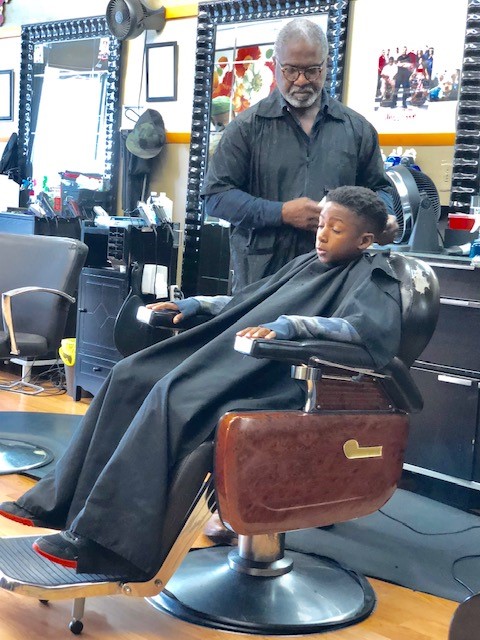Essential Sanitation Practices All Barber Should Steer Clear of for Optimal Customer Safety
Essential Sanitation Practices All Barber Should Steer Clear of for Optimal Customer Safety
Blog Article
Upholding proper hygiene is crucial for any profession that involves personal interaction with clients, particularly in the barber industry. Hairdressers hold an integral part in helping clients appear and feel the best, however this duty comes with the necessity for strict sanitary practices. In the interest of the safety of clients and stylists alike, there are numerous critical sanitary measures that should be avoided. Recognizing these measures may help guarantee a sanitary and safe setting in barber shops.
One of the common common hygiene errors stylists should prevent is the reuse of individual grooming tools without adequate cleaning. Tools such as shears, clippers, and brushes can hold bacteria and viruses if they are not sterilized after every application. Stylists should consistently disinfect their tools with suitable solutions or wipes between clients. Failing to do so might result to the spread of diseases, which can have grave implications for clients. Establishing a schedule for cleaning and sanitizing instruments is not just a recommended protocol; it is a necessary part of upholding a secure work environment.
Another habit to avoid is overlooking to clean one's hands regularly. Barbers engage with various customers in a single-day day, and their hands can easily accumulate bacteria and viruses. It is crucial for barbers to clean their skin thoroughly with soap and liquid prior to and after each customer. Additionally, using Get the facts hand sanitizer can be an efficient method to additionally minimize the transmission of germs. Neglecting this process can endanger client security and may lead in infections or illnesses that could have been easily prevented.
Proper sanitation of the barbershop environment is also vital. Stylists should refrain from overlooking areas that are frequently handled, such as seats, work surfaces, and waiting area seats. These surfaces should be cleaned and sanitized regularly to minimize the likelihood of contamination. Establishing a disinfection schedule can help go to this web-site barbers maintain a sanitary setting. This protocol not only safeguards clients but also enhances the overall experience, making clients feel more at ease and appreciated.
Moreover, stylists should refrain from utilizing products that have not been stored or managed correctly. Cosmetic items such as styling gels, sprays, and oils can become contaminated if they are kept unsealed or incorrectly stored. It is important for barbers to examine use-by labels and to store products in a chilly, dry place. Throwing away any expired or questionable items is essential to guarantee customer well-being. Using contaminated products can cause to dermal irritations or allergic reactions, which can damage a stylist's reputation and harm clients.
In, barbers have a responsibility to maintain high levels of sanitation to guarantee the safety and well-being of their clients. By preventing the recycling of unsterilized tools, overlooking hand hygiene, overlooking environmental sanitation, and utilizing improperly kept items, stylists can create a safe and inviting environment. Understanding and implementing these essential sanitary practices not only protects clients from diseases but also cultivates trust and loyalty. A sanitary barber shop is a thriving barbershop, where both stylists and customers can feel assured and secure.